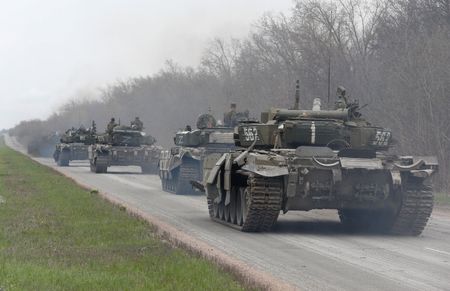
How Russia-Ukraine Copied Finland War Without Lessons
 Fri, 29 Apr 2022
| Reading Time: 6 minutes
Fri, 29 Apr 2022
| Reading Time: 6 minutes

Finland is a unique country with a distinct language and culture. However, its possession was always contested between Sweden and Russia. Though Finland mainly remained under Swedish control in 1809, it was annexed by Russia. Using the end of World War I and the Bolshevik Revolution in late 1917, Finland declared its independence from the Soviet empire.
Finland fought two significant wars with the USSR. Russo-Finnish War or the Winter War from 1939 to 1940 and the Continuation War or the Second Soviet-Finnish War from 1941 to 1944. Why should we talk about these wars today?
Finland and Ukraine have nothing in common other than a powerful neighbour called Russia. However, the present Russia-Ukraine war is uncanny to the Finnish wars. Unfortunately, both Russia and Ukraine have entirely disregarded the lessons learned from those wars and the diplomatic acumen of Finnish leaders during and after the war.
Fear And Suspicion
Hitler came to power in 1933. He was increasingly aggressive towards Soviet Union (hereafter referred to as Russia). Finland didn’t want to participate in great power competitions and was trying to maintain neutrality. On the other hand, Russia was fearfully watching Germany take over Austria in 1938 and Czechoslovakia in 1939. The USSR approached Britain, France, and Poland, to cooperate against the growing German threat, but they rejected the appeal.
When Russia got no response, it did the unthinkable. In October 1939, the Soviet Union shook hands with Germany. Germany acknowledged that Finland belonged to the Russian sphere. By 1940, Russia had annexed the Baltic Republics of Lithuania, Latvia, and Estonia.
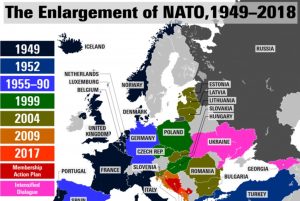
Courtesy: transnational.live
Fast forward to 2022, just like in 1939, due to the western apathy, today Russia has joined hands with China. Russia has been watching North Atlantic Treaty Organization (NATO) expand eastwards. This is even though, in a discussion on the status of a reunited Germany, on 9 February 1990, US Secretary of State James A. Baker promised to former Soviet leader Mikhail Gorbachev that NATO would not extend past the territory of East Germany. NATO’s Secretary-General repeated this promise in a speech on 17 May 1990.
A major instigation came during NATO’s 2008 Bucharest summit, where the alliance promised that Ukraine and Georgia would be future NATO members. For Russia, which was already perturbed with the independence of Kosovo, this was crossing the red line. The result was the August 2008 Russo-Georgia war. The five-day Russian military operations were disjointed, but still, it was able to bait Georgian President Mikheil Saakashvili.

Courtesy: BBC
The war achieved the strategic goals of the creation of buffer zones. Abkhazia and South Ossetia were created out of Georgia, just like breakaway regions, Donetsk and Luhansk of Ukraine have been created. Georgian and Ukrainian situation was the same as what Finland experienced in 1940. Russia had demanded moving the Russo/Finnish border northwards away from Leningrad due to the fear of German forces. Today Russia is redrawing the Ukrainian boundaries, keeping in mind NATO’s expansion.
Going back to the ‘Winter War,’ Finnish General Mannerheim knew the weakness of his Army. In February 1940, when the Russians were trying to cut Finland at the waist, he refused to pull back further despite heavy casualties, because he knew it was crucial for Finland to keep as much of its territory occupied as possible. This is the only bargaining chip Finland will have during the inevitable peace negotiations.
The same thing could be said about Valeriy Zaluzhnyy, the Commander in Chief of the Ukrainian Armed Forces. He orchestrated and led a fight that has stood up to the mighty Russian forces till now. He knows that some time or the other, leaders of both nations would sit across the table to negotiate. Russia will have the upper hand if they control the larger Ukrainian territory.
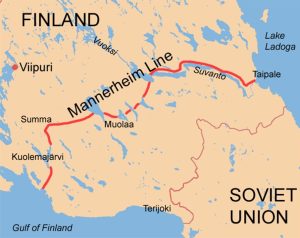
Courtesy: Wikipedia
Finnish Diplomacy Extraordinaire
In 1941 and 1944, Finnish resistance achieved the realistic goal of making further Russian victories prohibitively costly, slow, and painful. However, Finnish leaders were aware that no external force was coming to rescue them, and striking a deal with Russia was the only way forward.
Finally, the 1944 Russo-Finnish armistice treaty was heavily tilted in Russia’s favour. Despite all odds against them, the Finnish leaders showed utmost maturity to restore peace and instil confidence in the Russian leadership’s mind about Finland’s intentions. Finland also did something unthinkably. To buy peace, they declared their leaders during World War II, who had sided with Nazi Germany, ‘Finnish war criminals’, and prosecuted them. Finnish courts sentenced to prison Finland’s wartime President Ryti, Prime Ministers Rangell and Linkomies, foreign minister, four other ministers, and its ambassador to Berlin.
Finns refer to 1945–1948 as “the years of danger.” Finland devised a new post-war policy called the Paasikivi-Kekkonen line, named after Finland’s two presidents who formulated, symbolized, and rigorously implemented it for 35 years. The central theme of this line was to keep the Russian point of view in mind, talk to them frequently, maintain their trust, and not expect any help from the Western allies. They understood it well that if Russia felt secure, Finland would also be secure.
Leaders after leaders from Russia trusted these Finnish leaders. The trust ran so deep that when Stalin was once asked why he had not installed the Communist Party into power in Finland just like in every other Eastern European country, he replied, “When I have Paasikivi, why would I need the Finnish Communist Party?”
Finland chose not to change its presidents as in an everyday democracy but maintained two of them, whom Russians trusted, in office for 35 years. They postponed the presidential election scheduled for 1974. Finland’s government and the press never criticized Russia and exercised voluntary self-censorship. Finland refused the much-needed U.S. offer of post-war Marshall Plan aid. In return, Russia tolerated Finland’s increased trade with the West, association with the EEC (European Economic Community), and joining EFTA (the European Free Trade Association).
Zelenskyy A Pawn Or An Astute Leader
Most people scoff at Finland’s post-war behaviour and refer to it as Finlandization. From the preceding, it is evident that whatever Finland was doing was keeping in mind its national interest.
Just like Finns call years 1945–1948 as “the years of danger,” for Ukraine the years 2014-2022 could be called “the years of catastrophe.” It would be interesting to analyze, what Ukrainian leaders did or didn’t do to safeguard their nation and people.
Viktor Yanukovych was Ukraine’s president from 2010 until he was ousted in February 2014 following widespread protests. Yanukovych’s stance was not steady. Initially he said that Ukraine’s integration with the EU was the country’s “strategic aim.” On the other hand, he was of the view that the country should not join NATO and seek a neutral position between NATO and Russia. Despite being close to Putin neither he gave trustworthy signals to Russia nor to the West.
His controversial ouster, supposedly backed by the West in February 2014 added fuel to the fire, alarming Russia. End result was Russia invaded and annexed Crimea in March 2014, and in April, pro-Russia separatist rebels began seizing territory in eastern Ukraine.
In May 2014 elections pro-West Petro Poroshenko won the presidential elections with a comfortable margin. As per Russian media reports in 2015, Putin proposed a ceasefire by both government forces and separatist militiamen in southeastern Ukraine, as well as the withdrawal of heavy artillery by both sides. But that peace proposal was rejected by Poroshenko.
In the 2019 presidential elections, anti-Russia sentiment became the central theme. Presidential candidates Yulia Tymoshenko called Russia an “aggressor country” while TV comedian Volodymyr Zelenskyy said the two countries are at war and wants Ukraine to join the EU.
Zelenskyy went on to win the election, and soon after that, he was in a boastful mood; he stated, “as a citizen of Ukraine, I can say to all countries in the post-Soviet Union, look at us. Anything is possible!” All in all, no Ukrainian leader showed the maturity displayed by the Finnish duo Paasikivi and Kekkonen. Their approach was confrontational giving rise to nationalism rather than giving peace a chance. They kept self-interest ahead of the national interest.

Courtesy: insightful.co.in
If one studies the European map, then from the location it is evident why when Finland and Georgia were under threat, the West didn’t react, other than making unfulfilled promises. Finland was Sweden’s problem and Georgia is almost an Asian country. But with Ukraine, Russia is right at the gate of western Europe. The threat for the West is real and that’s why they are supplying them with war-making machines. But is that enough? It is evident that Finland was fighting for its sovereignty whereas Ukraine is fighting a war on behalf of the West.
In the end, it is the innocent Ukrainians who are suffering. Neither they have the EU membership nor the umbrella of NATO. They lost their relatives, friends, homes and livelihood. In fact, they have landed up having the worst thing, a powerful neighbour as an enemy.
“Choose your enemies wisely because they would give you lessons in leadership, the best or the worst.” ~ Insightful Geopolitics
********************
Disclaimer
The opinions expressed in this article are the author’s own and do not reflect the views of Chanakya Forum. All information provided in this article including timeliness, completeness, accuracy, suitability or validity of information referenced therein, is the sole responsibility of the author. www.chanakyaforum.com does not assume any responsibility for the same.
Chanakya Forum is now on . Click here to join our channel (@ChanakyaForum) and stay updated with the latest headlines and articles.
Important
We work round the clock to bring you the finest articles and updates from around the world. There is a team that works tirelessly to ensure that you have a seamless reading experience. But all this costs money. Please support us so that we keep doing what we do best. Happy Reading
Support Us



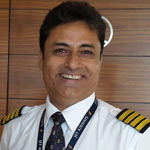

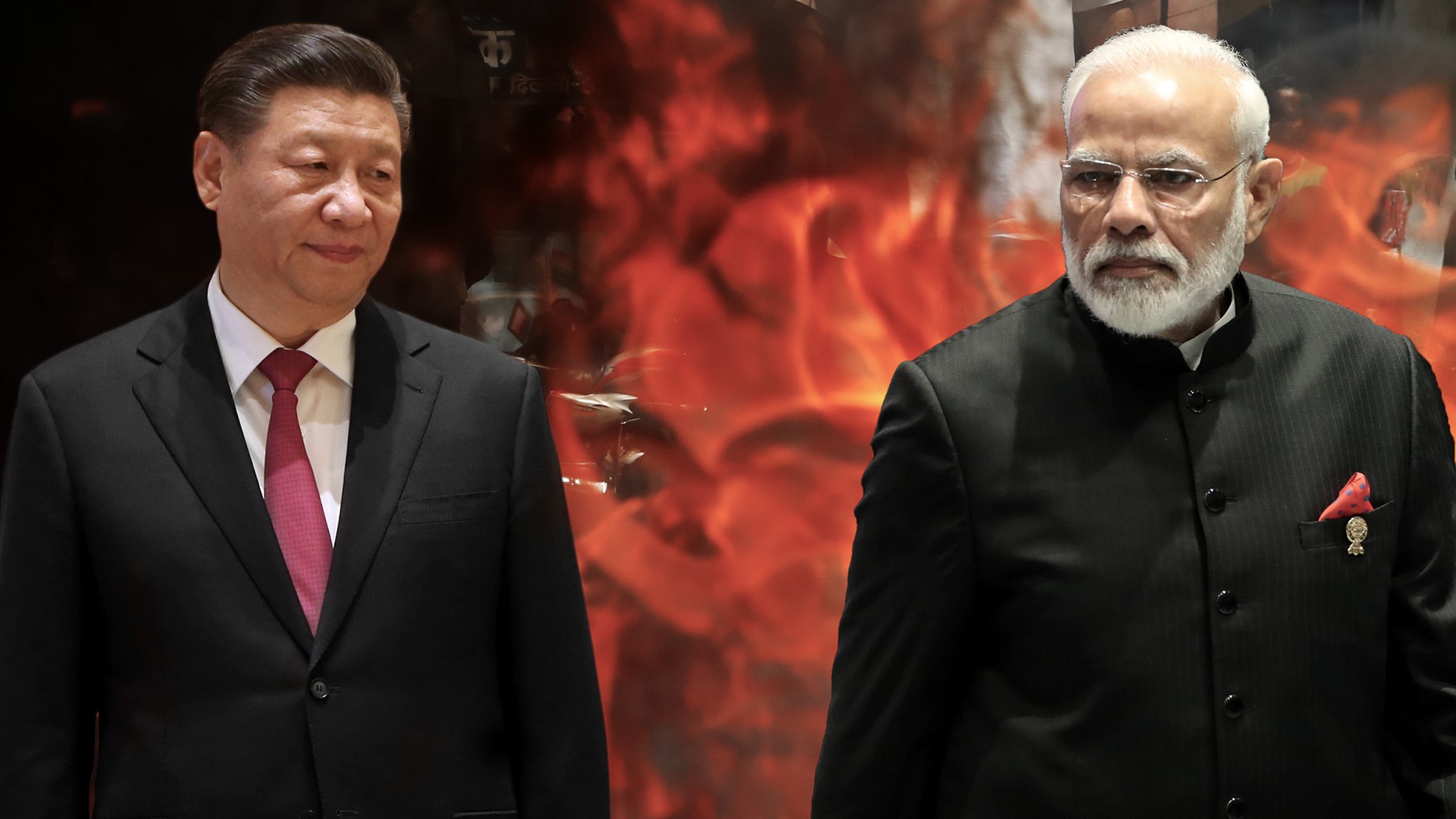
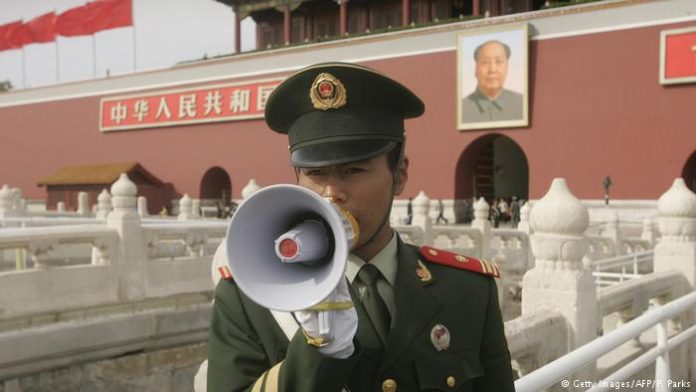
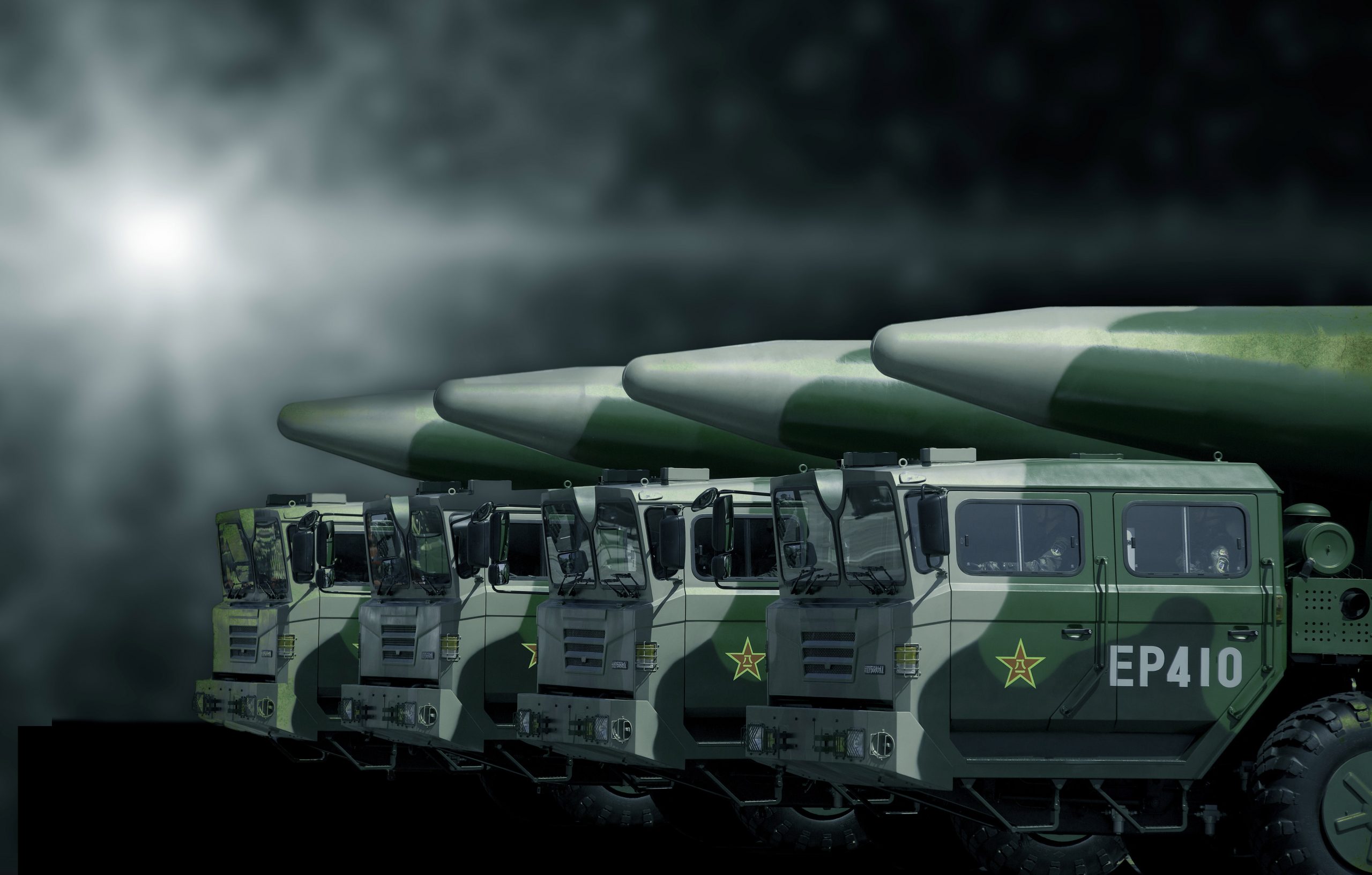

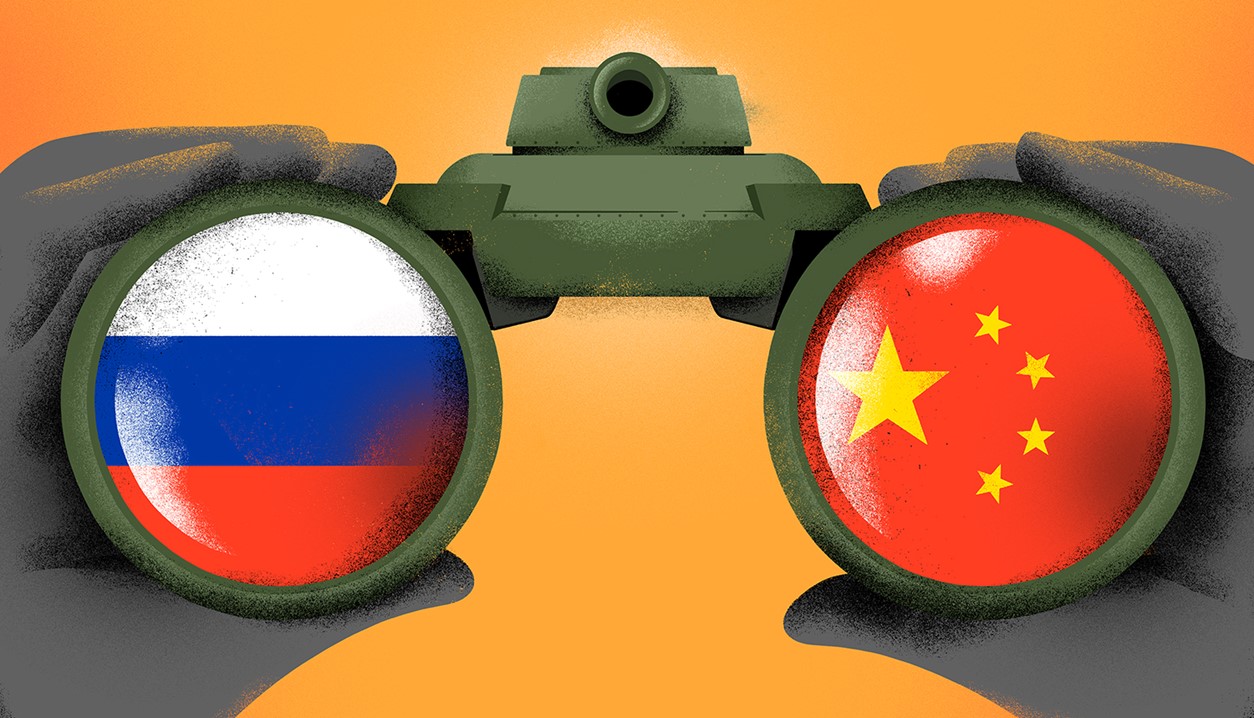

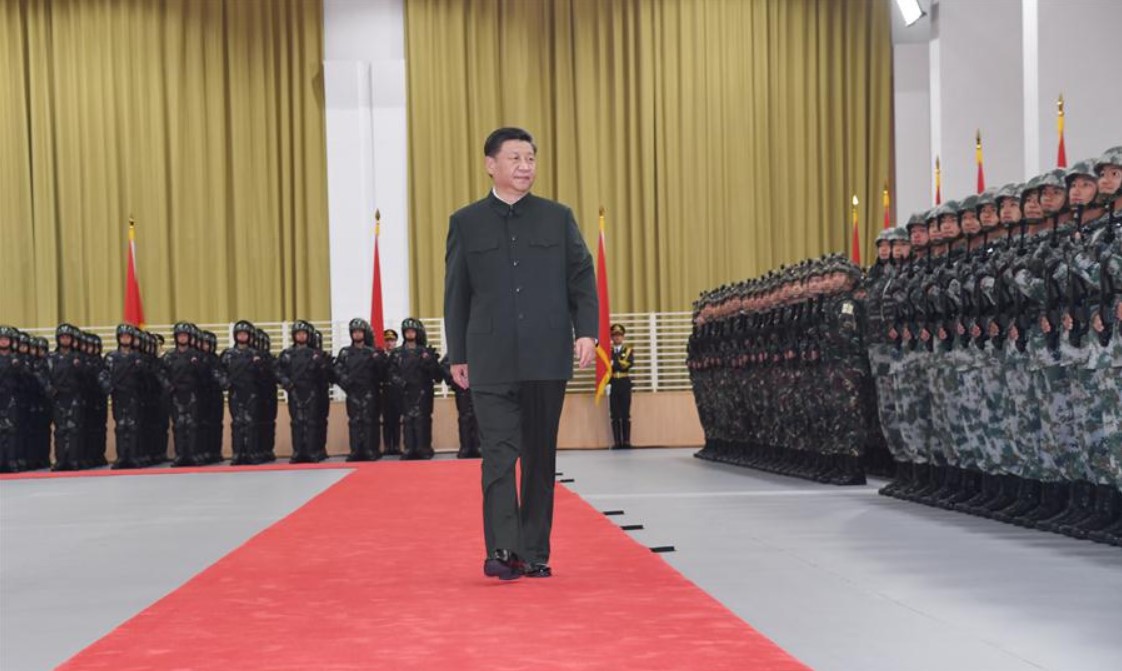
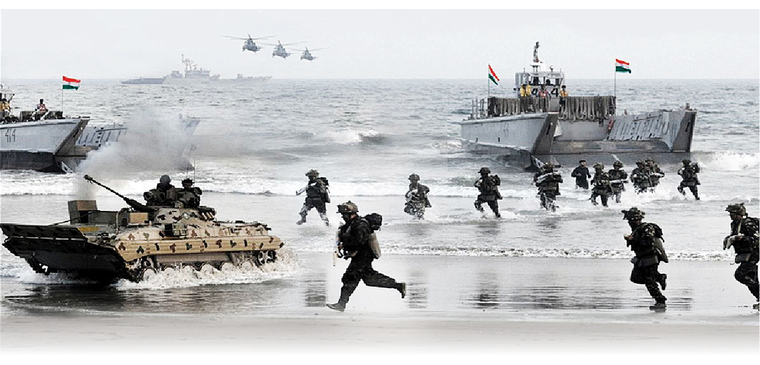

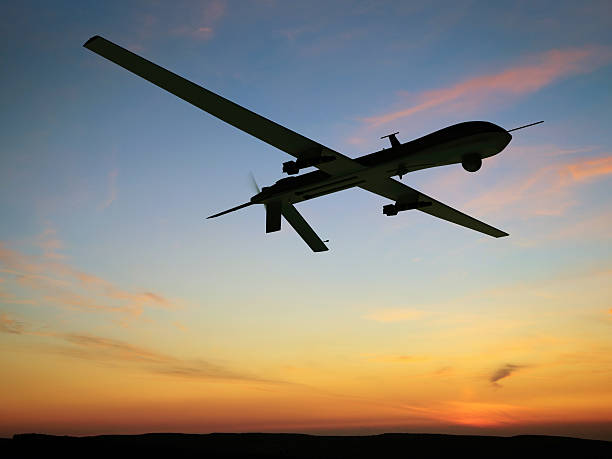






POST COMMENTS (27)
AMIT MITTAL
Cdr Ravi Mathews
Cdr Deepak Singh
CBG
Wendell Bruges
Mirtunjay Thakur
TP MADHU
Sukhjit singh
Promod Kapur
Ashutosh Bahuguna
Raghu Vir S Gauba
Pradeep Sharan
Anupam
Shaurya Shandilya
Vinod Nikkam
Cdr NK Kulkarni
GP Singh
Raghavan
Sqn Ldr Bismi Devassy ( Retd )
GP Capt TR Ravi
Rajiv Gaur
Capt Saikumar
AjayRamakrishnan
Narinder Pal Singh Hora
Rajesh Dhawan
Raman Gupta
Romina